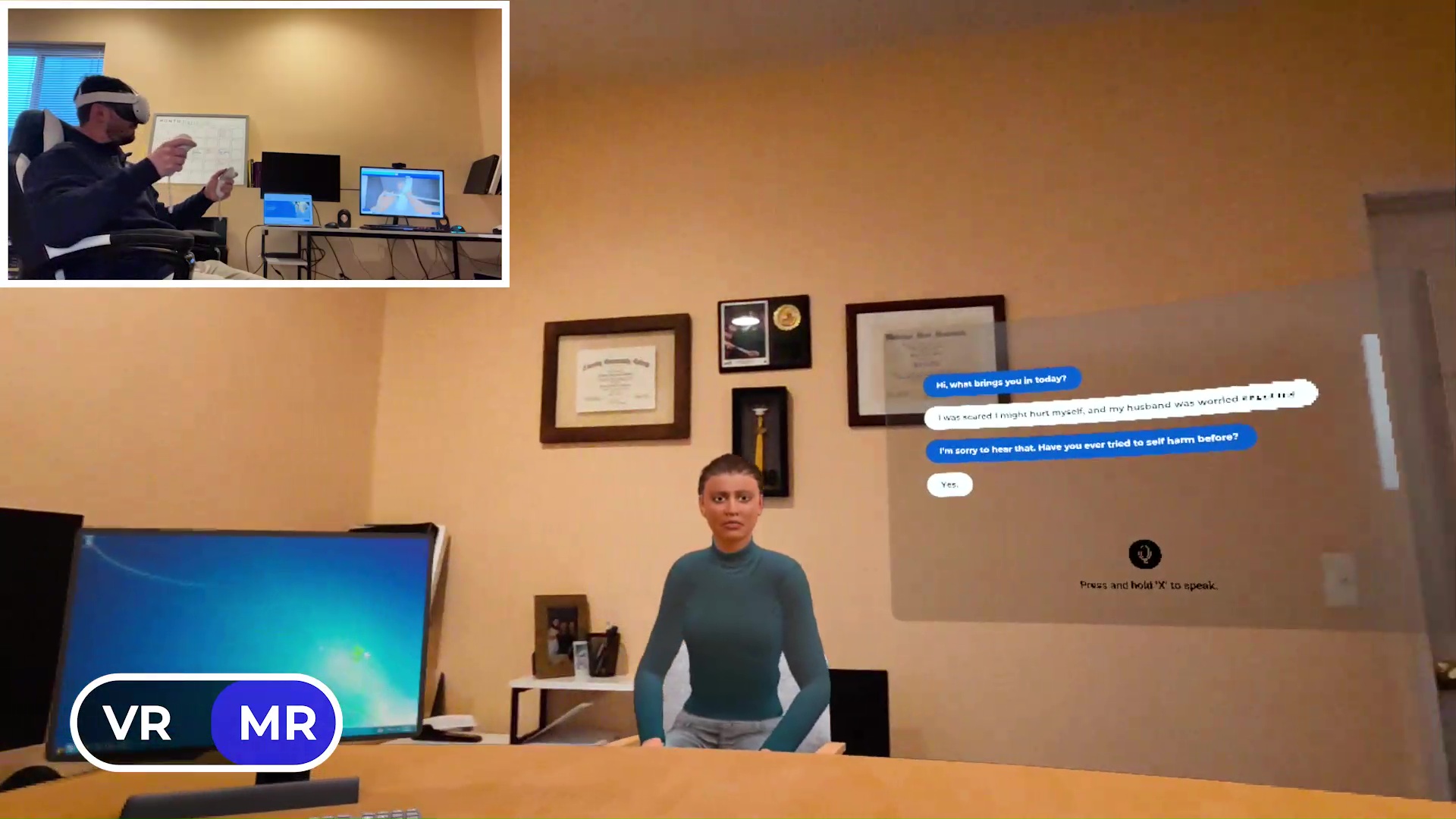Our realities are changing, or shall we say the advancements in technology are revealing different types of realities. Some time back we were presented with augmented reality (AR) and games like Pokémon Go took the gaming world by storm. Then came along virtual reality (VR) where users were not only viewing digital content but becoming a part of a digital world. This was a new level of immersion. We now have a mix of both augmented and virtual reality and it is called, you’ve guessed it right, Mixed Reality (MR). The blanket term for all these realities happens to be XR or extended reality since they extend our world beyond the one we live in.
So back to Mixed Reality. What is it really? As we said earlier, it is a mix of both AR and VR. In augmented reality digital objects are laid upon real objects or environments. We can view these digital pieces but cannot interact with them. A smartphone is capable of accessing AR content. Virtual reality or VR allows the user to step into a digitally created virtual world where it is possible to interact with virtual objects. Between the two lies mixed reality. Mixed reality takes the digital objects and overlays them upon real world environments and allows the user to interact with these digital objects.

Mixed Reality (MR) vs Virtual Reality (VR)
While AR can be viewed on smartphones, VR and MR content can be accessed using VR/MR goggles. This often brings them on a similar platform by many. However, it would not be correct to say that they are the same. Let us take a look at some of their similarities and differences.
Similarities
Mixed reality contains features related to both AR and VR but it can be considered to be a tad closer to VR in application.
- Both MR and VR provide immersive experience – Users get transported to an alternative environment, whether entirely virtual (VR) or a mix of virtual and real elements (MR), enabling users to become a part of those environments.
- Both require Head Mounted Displays – Users are required to strap on goggles to access content.
- Both allow users to interact with digital objects – There is significant interaction with digital objects overlaid on physical surroundings (MR) or in virtual environments (VR).
Differences
On the other hand, there are some differences between the two that set them apart to a great degree.
- Nature of immersion – VR consists of a digitally created virtual environment thereby providing an absolute immersive experience. Users cannot see the real world around them. MR merges the real with the digital and users can see both virtual and physical elements simultaneously. MR overlays digital content onto the real-world environment, augmenting it rather than replacing it entirely.
- Interaction with reality – In VR, users are cut off from the real world as the headset blocks out the physical environment and creates an entirely synthetic space. MR enables users to interact with digital objects while still being aware of and interacting with their real surroundings.

Advantages of Training in Mixed Reality
The very features that differentiate MR from VR prove to be the biggest advantages of this piece of technology. Integrated into training programs like those for technical training, high risk scenarios like oil rigs, manufacturing unit operations, etc. provides learners with experiences that are very close to reality, helping them better relate to the training sessions and scenarios.
It is worth mentioning here that MR provides users with all the benefits one would derive from a session in VR along with a number of additional advantages.
Interaction in real-world environments – VR immersion includes substituting the real world with an artificial one. MR, on the other hand, does not replace the real world but overlays objects on the user’s physical space. The user maintains their presence in their existing surroundings, can see the space around themselves, interact with real objects and simultaneously with digital objects.
Enhanced situational awareness: MR seamlessly blends virtual objects into the real environment providing accurate contextual relevance to users. This facilitates better understanding and application in context with the real world. For example, when training to operate a certain kind of machinery, users are well aware of their physical space and how their actions and movements impact their surroundings. This brings about increased clarity, retention and applicability of skills.
No more dizziness – VR immersion induces dizziness or motion sickness in some individuals as it detaches the user from reality. MR maintains a connection with the real world and reduces the likelihood of this discomfort. It provides a more comfortable experience for users, especially during prolonged use.
Adaptability and Flexibility – MR allows the user the flexibility to switch between the virtual and real world. This is particularly useful when users need to collaborate and maintain interactions with both worlds.
Real-time Collaboration – MR allows a team of users to perform procedures on a common virtual object while being present in the same physical environment. This is very beneficial when practicing activities as a team. It helps promote teamwork, practice communication skills, collaborate with team members, and enhance interprofessional skills.
ELDC and Mixed Reality
ELDC has been at the forefront when it comes to creating enhanced and engaging immersive learning experiences. To achieve this goal, there has been a constant endeavor from the entire team to implement the latest and most effective technological advancements into the realm of training and development. With its latest implementation of mixed reality solutions, ELDC reaches a new milestone in its offering of the finest learning solutions.
Mixed reality training empowers learners to acquire and refine their skills in a safe, immersive, and flexible environment, ultimately leading to enhanced performance and better outcomes.
Elearning Design Center (ELDC) is an immersive learning company focusing on leveraging the best technology to offer engaging and interactive online learning experiences that help deliver optimum learning outcomes.




